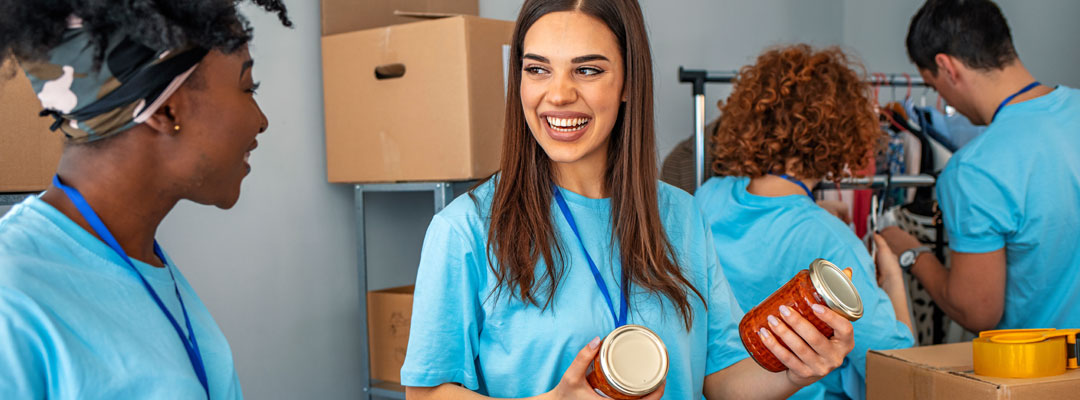Overview
This self-reflection questionnaire focuses on learner awareness regarding interests, learning style, personal preferences, aspirations, and potential areas of concern. It provides the resource educator and the school community with a description of the learner’s strengths, needs, and goals to support a hopeful and successful transition within the school environment and beyond. It also supports learner voice and agency by providing a venue for the learner to articulate their preferences.
I Know Myself – Secondary (PDF)
I Know Myself – Secondary (Word Doc)
Objectives
Objective 1: To have the learner become aware of and reflect upon their own personal interests, likes, dislikes and preferred learning style.
Objective 2: To assist the resource educator to get to know and connect with the learner regarding preferences.
Objective 3: To assist the school in supporting appropriate programming for learner success.
Objective 4: To provide learner voice and agency within the school experience.
Instructions
There are many ways this resource could be used within the school environment. While it is intended to be used for students requiring additional supports, the questions could apply to all learners within the school community.
The set of self-reflection questions are grouped into several parts and can be completed and used in its entirety or broken down into individual components.
Part 1: Who Am I?
Part 2: At School
Part 3: My Future
Part 4: I Would Like to Learn How To…”
The resource educator could begin by supporting the learner to complete the questionnaire and then discuss each answer to prioritize and address corresponding actions where appropriate. The resource educator and/or learner could choose to share the questions and perhaps the answers with family members or school staff or choose to keep them for student use only.
Each question could serve as a springboard for further discussion and exploration depending on the context, learner needs, priorities, and overall purpose of the activity.
The “My Future” section assists the learner to establish agency to project into their preferred future and to think about hopeful transition pathway planning.
Key Highlights
- Personal interests, strengths, likes and dislikes.
- Awareness of accommodations to support learner success.
- Learning preferences
- Extra-curricular preferences – within the school environment and at home
- Planning for the future – considerations, hopes and potential fears.
